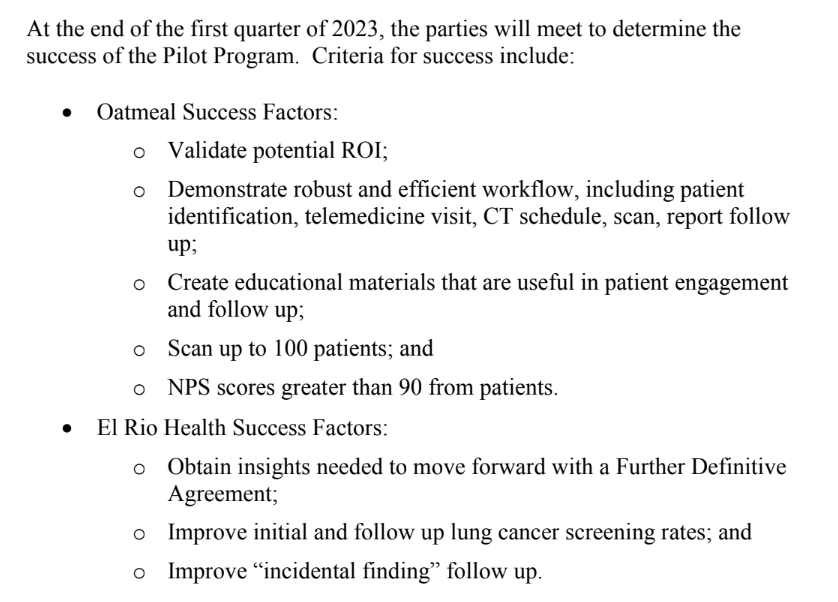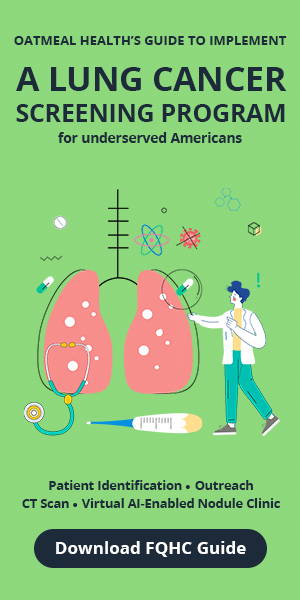Share this article and save a life!
The Importance of Partnership Management in FQHCs
Federally Qualified Health Centers (FQHCs) play a crucial role in providing access to healthcare for underserved communities. However, the challenges facing FQHCs are significant and multifaceted, including financial constraints, workforce shortages, and increased demand for services.
One effective strategy for addressing these challenges is through the development of formal partnerships with other organizations. This guide will provide a detailed overview of the key legal ideas and concepts involved in developing a partnership management process for FQHCs, with a focus on achieving specific, goal-oriented results.
The Legal Framework for FQHC Partnerships
The legal framework for FQHC partnerships is complex, and it is essential to have a thorough understanding of the various laws, regulations, and guidelines that govern these relationships. The most important laws that govern FQHC partnerships include:
- The Public Health Service Act (PHS Act)
- The Affordable Care Act (ACA)
- The Health Center Program Compliance Manual
- State laws and regulations
The PHS Act and ACA provide the primary federal funding and regulatory framework for FQHCs, while the Health Center Program Compliance Manual provides detailed guidance on the requirements for receiving and maintaining funding from the Health Resources and Services Administration (HRSA). State laws and regulations may also apply, so it is important to consult with legal counsel to ensure compliance with all relevant laws and regulations.
Key Elements of a Partnership Management Process
A formal partnership management process for FQHCs should include several key elements, including:
- Clear and well-defined goals and objectives
- A thorough assessment of potential partners
- A detailed partnership agreement
- Regular monitoring and evaluation of the partnership
Why Should FQHCs Partner with Other Organizations
FQHCs are required, as part of their HRSA 330 grant funding, to increase the number of consumers they serve each year, including high-risk older adults. If a health center experiences a decrease in its service population, it can lose some or all of its grant funding. To prevent this, health centers must submit utilization data to HRSA each year, including the number of consumers served, the average number of times they received services, and their age distribution. Health centers that increase the volume of services provided to high-risk older adults are looked upon favorably in HRSA’s decisions to sustain or increase their 330 grant funding.
FQHCs also must increase the volume of insured consumers served by their centers. High-risk older adults often have Medicare and Medicaid benefits that will allow for full compensation for health services rendered, including evidence-based programs. For example, older adults who have two or more chronic conditions can be eligible for CDSME programs and have their participation reimbursed. As such, they are a potentially profitable target population that supports the recruitment and healthcare requirements of HRSA and contributes to the overall financial viability of the health center.
The Patient Protection and Affordable Care Act of 2010 encourages state Medicaid programs to develop medical homes and implement provider incentive payment programs for care to patients with chronic diseases. As a result, many FQHCs are becoming Patient-Centered Medical Homes (PCMHs), a primary care, team-based approach to meeting a patient’s health care needs. FQHCs are focusing on a PCMH approach with the care that is:
- Patient-centered
- Comprehensive
- Coordinated
- Accessible
- Committed to quality and safety
To achieve these goals, FQHCs are looking for ways to:
- Increase the volume of patients seen in the PCMH that receive care coordination
- Provide quality care at lower costs to patients, resulting in improved management of chronic conditions
- Improve patient activation in chronic disease self-management behaviors
FQHCs receive PCMH accreditation from organizations such as the National Committee for Quality Assurance (NCQA). They also can receive bonus payments from the Centers for Medicare and Medicaid Services and the Health Resources Services Administration for improving the quality and coordination of patient care leading to improved health outcomes. NCQA accreditation includes achieving the 6 PCMH standards:
- PCMH 1 Access and Continuity
- PCMH 2 Identify and Manage Patient Populations
- PCMH 3 Plan and Manage Care
- PCMH 4 Provide Self-Care Support and Community Resources
- PCMH 5 Track and Coordinate Care
- PCMH 6 Measure and Improve Performance
Many evidence-based programs are proven effective in achieving patient outcomes consistent with NCQA PCMH accreditation standards and Affordable Care Act legislation.
Setting Clear Goals and Objectives
The first step in developing a partnership management process for FQHCs is to set clear and well-defined goals and objectives. These goals should be specific, measurable, attainable, relevant, and time-bound (SMART). Examples of potential goals for FQHC partnerships include:
- Start-up support
- Reach
- Funding
- Program expansion
- Increasing access to care for underserved populations
- Enhancing the quality of care provided
- Reducing costs
- Improving the health outcomes of patients
Assessing Potential Partners
Once goals and objectives have been established, the next step is to conduct a thorough assessment of potential partners. This assessment should consider factors such as the organization’s mission and values, its capacity to contribute to the partnership, and its alignment with the FQHC’s goals and objectives.
Assessing potential partners is a crucial step in the partnership management process for FQHCs. A thorough assessment of potential partners can help ensure that the partnership aligns with the FQHC’s goals and objectives and that the partner has the capacity to contribute to the partnership. This guide will provide a step-by-step guide on how to conduct a thorough assessment of potential partners.
Step 1: Identify Criteria for Assessment
The first step in assessing potential partners is to identify the criteria that will be used to evaluate potential partners. These criteria should align with the FQHC’s goals and objectives for the partnership and may include factors such as:
- The organization’s mission and values
- What does success look to both organizations
- Schedule regular meetings
- Its capacity to contribute to the partnership (e.g. financial resources, staff, expertise)
- Its alignment with the FQHC’s goals and objectives
- Its track record of working with similar organizations or in similar contexts
- The organization’s reputation and credibility
Step 2: Gather Information
Once the criteria for assessment have been identified, the next step is to gather information on potential partners. This can be done through a variety of methods, including:
- Reviewing the organization’s website and other publicly available information
- Write out expectations and key performance measures
- Interviewing staff or representatives from the organization
- Conducting site visits to observe the organization in action
- Gathering feedback from other organizations that have worked with the potential partner
Step 3: Analyze and Evaluate the Information
After gathering information on potential partners, the next step is to analyze and evaluate the information based on the criteria for assessment. This may involve creating a matrix or scoring system to evaluate potential partners against the criteria.
Step 4: Select the Best Fit
Once all potential partners have been assessed and evaluated, the final step is to select the best fit for the partnership. This decision should be based on the organization that best aligns with the FQHC’s goals and objectives, and has the capacity to contribute to the partnership.
Developing a Detailed Partnership Agreement
Once potential partners have been identified and assessed, the next step in the partnership management process for FQHCs is to develop a detailed partnership agreement. This agreement should clearly outline the roles, responsibilities, and expectations of each partner, as well as the terms of the partnership, including any financial or legal considerations. This guide will provide a step-by-step guide on how to develop a detailed partnership agreement, including a sample template and key criteria to consider.
Step 1: Identify Key Elements to Include in the Agreement
The first step in developing a partnership agreement is to identify the key elements that should be included in the agreement. These elements may include:
- A clear statement of the purpose and goals of the partnership
- A description of the roles and responsibilities of each partner
- A description of the expectations for communication and decision-making between partners
- A description of the terms of the partnership, including any financial or legal considerations
- A plan for monitoring and evaluating the partnership
- Success factors: Example of the Oatmeal Health and El Rio Health Partnership Pilot Contract: Note your success factors will differ, but it is very important to outline exactly what the goals are so when you achieve them you can continue the amazing work without latency and the back and forth with legal.
Are you an FQHC that is interested in learning more about contracting with Startups and offering no-cost screenings to your patients? Let us know we would be excited to work with you, Contact Ty Vachon M.D., the CEO of Oatmeal Health – Ty@oatmealhealth.com
Step 2: Develop a Draft Agreement, Review, Revise, and Finalize
Once the key elements have been identified, the next step is to develop a draft agreement. This can be done using a template or by working with legal counsel to ensure that all necessary elements are included and that the agreement is legally binding. One complete, review, revise, and finalize after approvals have been met.
Regular Monitoring and Evaluation
Regular monitoring and evaluation of the partnership is critical to ensure that the partnership is achieving its goals and objectives. This should include regular meetings and communication between partners, as well as the collection and analysis of data to track progress and identify areas for improvement.
What did I miss?
A formal partnership management process that includes clear and well-defined goals and objectives, a thorough assessment of potential partners, a detailed partnership agreement, and regular monitoring and evaluation can help ensure that partnerships are successful and achieve specific, goal-oriented results.
Share this article and save a life!
Author:

Jonathan is a seasoned executive with a proven track record in founding and scaling digital health and technology companies. He co-founded Oatmeal Health, a tech-enabled Cancer Screening as a Service for Underrepresented patients of FQHCs and health plans, starting with lung cancer. With a strong background in engineering, partnerships, and product development, Jonathan is recognized as a leader in the industry.
Govette has dedicated his professional life to enhancing the well-being of marginalized populations. To achieve this, he has established frameworks for initiatives aimed at promoting health equity among underprivileged communities.








